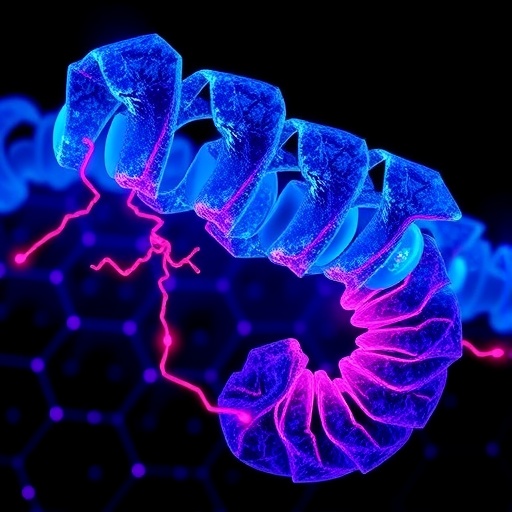In the current issue of Cardiovascular Innovations and Applications volume 4, issue 1, pp. 31-42(12) ; DOI https:/
In the past decade, advances in coronary computed tomography angiography (CTA) technology have resulted in high sensitivity and negative predictive value in detecting coronary artery disease (CAD) compared with invasive coronary angiography, particularly for patients with mild or severe stenosis. However, anatomical evaluation of CAD by CTA has modest specificity for patients with intermediate-grade stenoses. The recent development of the use of cardiac computed tomography-derived fractional flow reserve (FFR-CT) seeks to address this gap as a proposed method of functional assessment of CAD by CTA. In this article the authors mix common clinical cases with the current technical methods, validation, outcomes, and registry studies as well as the technical, financial and research limitations of FFRCT analysis to guide the cardiac imaging specialist in evaluating this technique. FFR-CT analysis may help reduce additive functional testing for the smaller proportion of patients with intermediate stenosis undergoing coronary CTA where the atherosclerosis significance is uncertain.
###
CVIA is available on the IngentaConnect platform and at Cardiovascular Innovations and Applications. Submissions may be made using ScholarOne Manuscripts. There are no author submission or article processing fees. CVIA is indexed in the EMBASE, ESCI, OCLC, Primo Central (Ex Libris), Sherpa Romeo, NISC (National Information Services Corporation), DOAJ and Index Copernicus Databases. Follow CVIA on Twitter @CVIA_Journal; or Facebook.
Media Contact
Morgan Lyons
[email protected]
http://dx.




